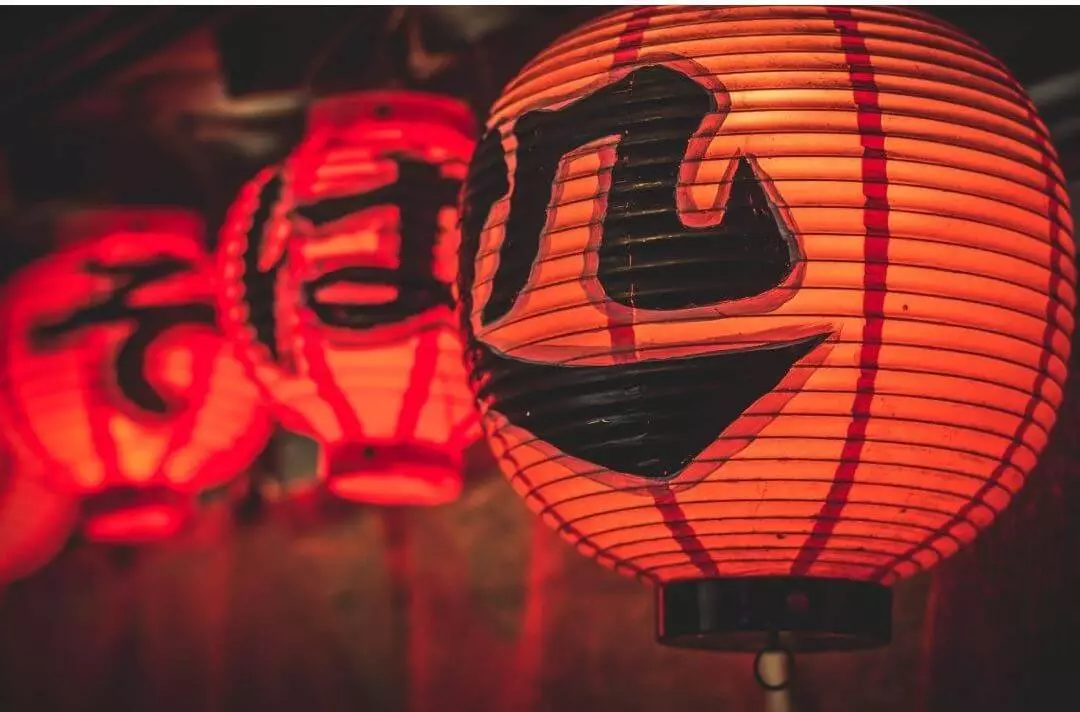Best Japanese text Generator | japanese keyboard
Japanese Text Generator | Japanese Keyboard | Japanese Font Generator
What is a Japanese Text Generator?
A japanese Text generator is the tool to convert english word to japanese text letters its smoll help to thos user who want to cool or fancy profile name to facebook or instagram and most importantly gamers
How Does Japanese Letter Conversion Work?
How this tool works and its background mechanism is easy to understand: it finds English characters and matches them to corresponding Japanese characters. Japanese writing consists of three main types of characters
- 1. Hiragana
- 2. katakana
- 3. kanji These three scripts are the main components of the Japanese language. Each script consists of 46 characters, and including symbols, the total comes to 71.
Common Questions
What are the letters of the Japanese alphabet?
In japanese letter 46 char in 3 main language with 71 include symbols
What is the letter G in Japanese?ャ
u can also see Chinese text generator
Japanese Letters
ヲ - ァ - ィ - ゥ - ェ - ォ - ャ - ュ - ョ - ッ - ア - イ - ウ - エ - オ - カ - キ - ク - ケ - コ - サ - シ - ス - セ - ソ - タ - チ - ツ - テ - ト - ナ - ヌ - ネ - ハ - ヒ - フ - ヘ - ホ - マ - ミ
In Japanese, the written language consists of two scripts: kanji and kana.
Kanji are Chinese characters that were adopted into the Japanese language. Each kanji represents a concept or idea, and there are thousands of different kanji characters.
Kana are syllabic characters that represent the sounds of the Japanese language. There are two main types of kana: hiragana and katakana. Hiragana is used for native Japanese words, while katakana is used for foreign words and names.
Together, kanji and kana make up the written Japanese language. It is common for Japanese text to include a mixture of kanji and kana, with kanji representing the main ideas and kana filling in the details.
Japanese Characters and Their English Equivalents (english to japanese text generator)
| Japanese Character | English Equivalent |
|---|---|
| あ | a |
| い | i |
| う | u |
| え | e |
| お | o |
| か | ka |
| き | ki |
| く | ku |
| け | ke |
| こ | ko |
| さ | sa |
| し | shi |
| す | su |
| せ | se |
| そ | so |
| た | ta |
| ち | chi |
| つ | tsu |
| て | te |
| と | to |
| な | na |
| に | ni |
| ぬ | nu |
| ね | ne |
| の | no |
| は | ha |
| ひ | hi |
| ふ | fu |
| へ | he |
| ほ | ho |
| ま | ma |
| み | mi |
| む | mu |
| め | me |
| も | mo |
| や | ya |
| ゆ | yu |
| よ | yo |
| ら | ra |
| り | ri |
| る | ru |
| れ | re |
| ろ | ro |
| わ | wa |
| を | wo |
| ん | n |
this are the romanized versions of the Japanese Hiragana characters, its represent soinds of japanes language Keep in mind that Japanese pronunciation may differ slightly from their English equivalents, especially in the case of "shi" and "fu." Additionally, the romanization of the "ん" character is "n," but its pronunciation can change depending on the following sound.